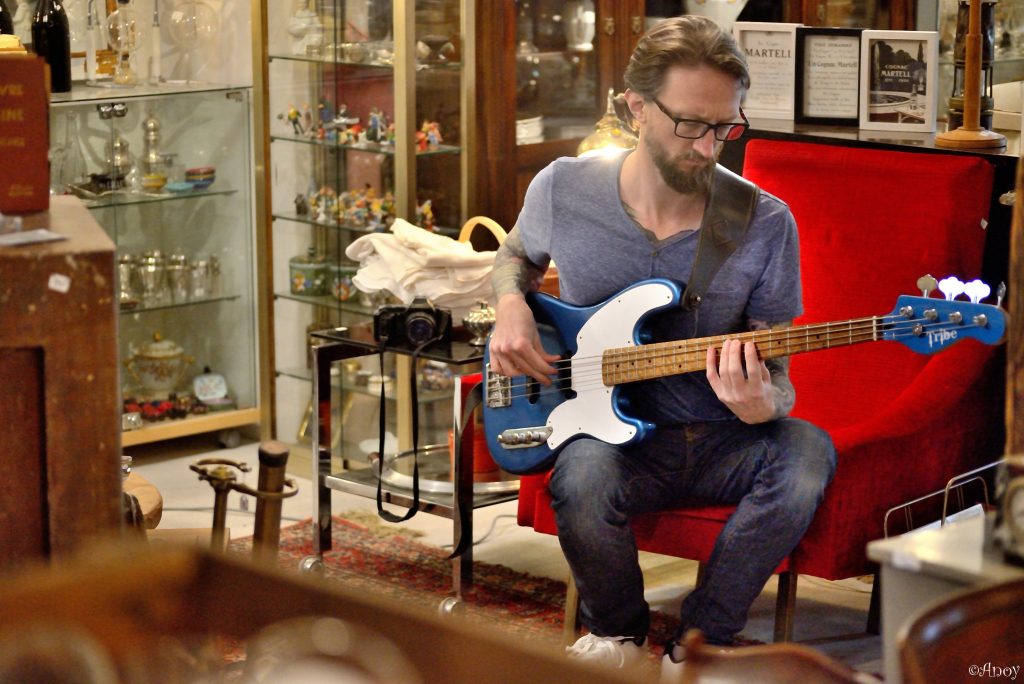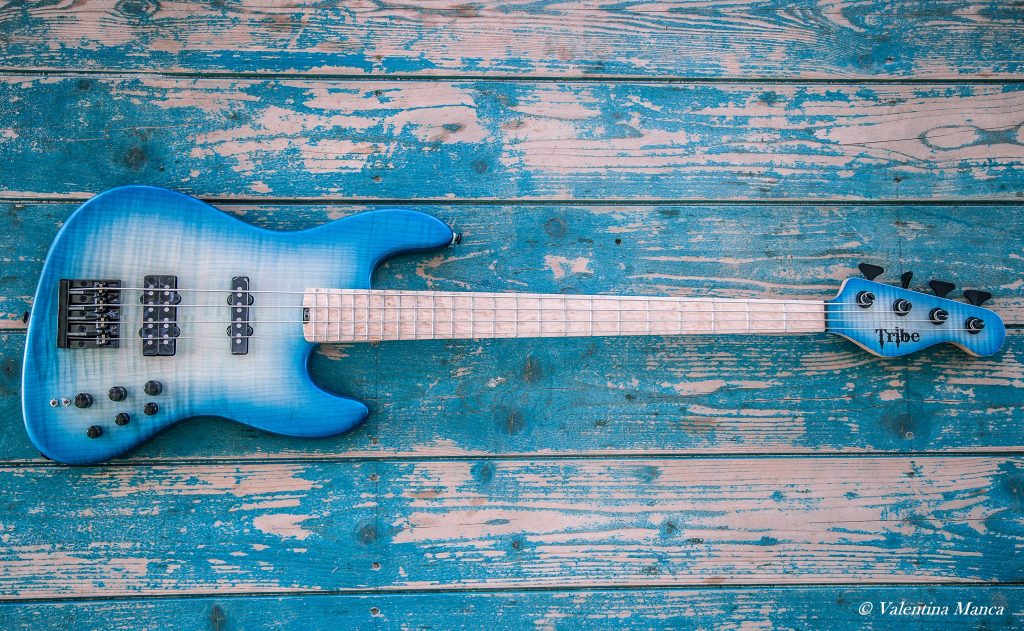The world of music is a place where art blends with science, and an instrument that perfectly embodies this connection is the electric bass guitar. Every component of this instrument, from electronics to construction details, contributes to its unique sound. However, one of the most fundamental aspects that influence the sound of the bass is the choice of wood used for the neck, body, and fingerboard. In this article, we will explore how the careful selection of woods can make a difference in the sonic world of the electric bass guitar.
The Neck of the Bass
The neck of the bass is the part of the instrument with which the musician has the most direct contact. The choice of wood for the neck can significantly impact playability and tone. Common woods used for bass necks include mahogany, maple..
- Mahogany: Mahogany is known for its density and warm, round sound. Basses with mahogany necks tend to produce richer tones with pronounced midrange. These instruments are often preferred for music genres like rock, blues, and funk.
- Maple: Maple is lighter and produces a brighter sound compared to mahogany. Basses with maple necks are known for their clarity and quick response. These instruments are often chosen for genres such as jazz and pop.
- Curly Maple: Curly maple is a variant of maple characterized by a more pronounced grain pattern. This wood can provide visually appealing aesthetics to the bass and, at times, may slightly influence the sound by giving it a more “open” timbre.
The Body of the Bass
The bass body houses the electronics and significantly contributes to the sound. Common woods for bass bodies include mahogany, ash, alder, and cherry.
- Mahogany: Mahogany, known for its warm and rich sound, is often used for bass bodies. This wood produces deep, sustained tones and is popular in rock and blues genres.
- Ash: Ash is known for its bright and defined sound. Basses with ash bodies offer a balanced response between high and low tones and are often chosen for rock and funk genres.
- Alder: Alder is lightweight and produces moderately warm tones. This wood is used in many high-quality basses and is suitable for various music genres.
The Fingerboard of the Bass
The bass fingerboard is the part of the neck that contains the frets and where the musician plays. Common woods for fingerboards include rosewood, ebony, and maple.
- Rosewood: Rosewood is known for its warm and sweet sound. Rosewood fingerboards offer a good balance of attack and sustain and are often used in blues and jazz genres.
- Ebony: Ebony is a very hard wood that produces clear and defined tones. Ebony fingerboards are often chosen for basses that require extreme precision, such as in metal or jazz fusion.
- Maple: Maple is less commonly used for fingerboards but can contribute to a brighter and more defined sound. Maple fingerboards are more commonly found on basses intended for genres like rock and pop.
Conclusion
The choice of wood for an electric bass guitar is a crucial decision that will significantly influence the sound and playability of the instrument. Each wood has its unique sonic characteristics, and the choice will depend on the preferred music genre and the musician’s personal preferences. However, it’s important to emphasize that wood is only one of many factors that contribute to the overall sound of an electric bass guitar. Electronics, construction, and amplification also play crucial roles in shaping the final tone. So, while wood choice is important, it’s just one element in the art of creating the perfect sound for the electric bass guitar.



